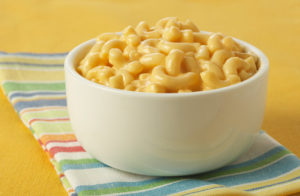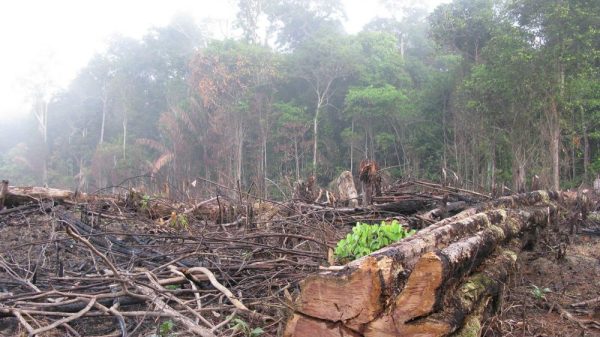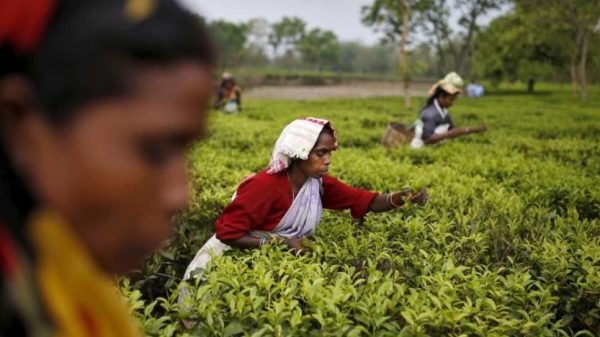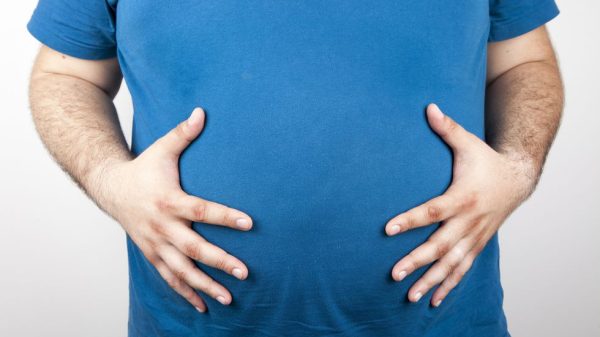 By Nadia Kounang, CNN
By Nadia Kounang, CNN
It’s not listed on the ingredient list, but a new analysis published this week found high concentrations of the chemicals known as phthalates in the cheese powder of macaroni and cheese.
The small study evaluated 30 different cheese products which included natural cheese products, including block or string cheese, as well as processed cheese slices and the cheese powder found in boxed macaroni and cheese. The analysis found evidence of the chemical in 29 of the 30 products tested. Natural cheeses had the lowest levels of the chemical, while processed cheese products had the highest levels.
The analysis was done by the the Coalition for Safer Food Processing & Packaging, a consortium of environmental health advocacy groups, and has not been published in a peer reviewed journal.
What are phthalates?
Phthalates are a family of chemicals that are widely used in soaps, plastics, adhesives, rubbers, inks and fragrances. While these chemicals aren’t intentionally added into foods, they make their way in through the manufacturing process.
“They are used in the plastic tubing, the plastic gloves, the gaskets all along the food supply chain,” said Mike Belliveau, executive director of the Environmental Health Strategy Center, one of the groups participating in the coalition. Diet is considered a major route of exposure to these chemicals.
According to the National Institutes of Health, these chemicals are believed to be endocrine disruptors, able to interfere with the body’s hormonal system. They are easily absorbed by fat cells, moving from plastics into food, and food into people. High levels of exposure have been linked to fertility issues for both men and women, as well as behavioral and neurodevelopmental issues in children who are exposed to them in utero. According to the National Toxicology Program, the phthalate DEHP is likely to cause cancer, based on evidence in mice.
Banned in children’s products
While the US Centers for Disease Control and Prevention acknowledges that some phthalates have a direct impact on the reproductive system of animals, they say that “the impact of low level exposure on humans is unknown” and that more research still needs to be done. However, since 2008, a number of phthalates have been banned in children’s products by the US Consumer Product Safety Commission. The European Commission also bans five different phthalates from food packaging materials.
According to Food and Drug Administration spokeswoman Megan McSeveney, for a phthalate to be used in food packaging, “there must be sufficient scientific information to demonstrate the substance is safe under the intended conditions of use.” She added that “the FDA continues to examine data on these compounds as it becomes available. ”
Just how much is there?
Of the coalition’s analysis of 30 cheese products, 10 were boxed macaroni and cheese powders, five were sliced cheese products, and the remaining 15 products were natural cheese products including hard, shredded, string and cottage cheeses. The samples were sent to an independent lab in Belgium, where the fats were extracted and tested for 13 different types of phthalates.














